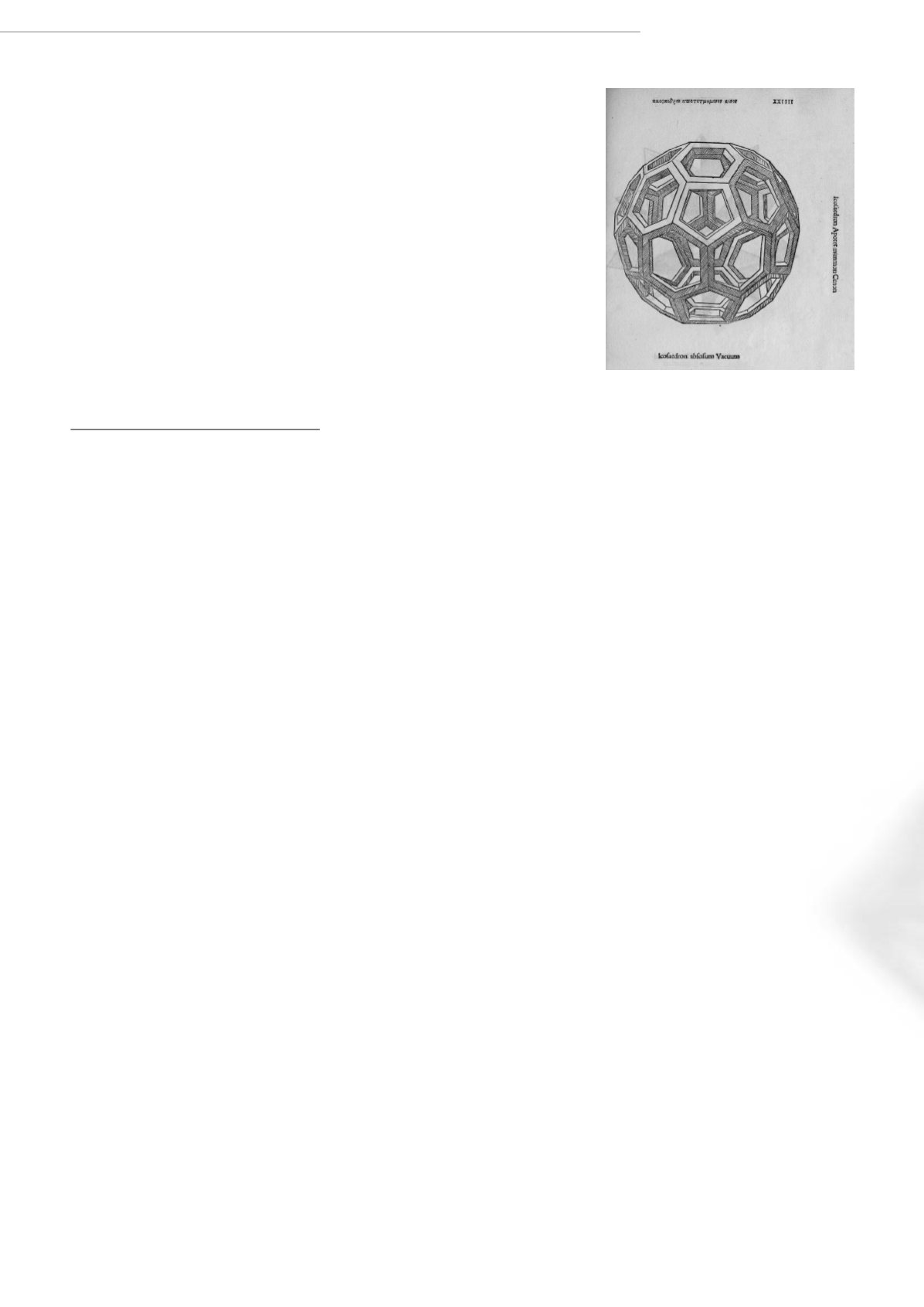

| 136
PostWar & Contemporary
3486 AI WEIWEI(Bejing 1957 - lives and works in Bejing and
Berlin)
Untitled (Foster Divina). 2010.
Huanghuali wood.
Diameter 130 cm.
With the artist‘s confirmaton of authenti-
city, Bejing Peking May 2012.
Provenance:
- Galerie Urs Meile, Bejing/Luzern.
- Acquired in 2012 form the above by the
present owner, since then private collec-
tion Switzerland.
Literature:
- Meile, Urs: Ai Weiwei: Works from 2004 –
2007, Zurich 2008, p. 36-39.
- Brougher, Kerry/Kataoka, Mami and
others: Ai Weiwei: according to what?,
New York 2012, p. 14-17.
Ai Weiwei is one of the most important
conceptual artists within contemporary
art; and at the same time, through his
political engagement he is one of the most
influential, although in part also the most
controversial. As hardly any other artist has
achieved, he combines the art of the pre-
sent with the traditions of his country and
with history. This is powerfully demonstra-
ted in the present work.
De divina proportione is a book by Luca
Pacioli from 1509, with illustrations by
Leonardo Da Vinci. It contains images of a
geometric polyhedron, which corresponds
to the form of the sculpture by Ai Weiwei.
In his treatise on the “Divine Proportion”,
Pacioli harks back to the ideal forms alrea-
dy discussed in antiquity. Of the five Plato-
nic solids, the icosahedron is the one which
possesses twenty equilateral triangles. If
the 12 corners are truncated into surfaces,
this becomes a truncated icosahedron,
which is an Archimedean solid: the form
which Ai Weiwei has chosen for his sculp-
ture “Foster Divina”. This is a ball, com-
posed of pentagons and hexagons, with
all the edges being of the same length.
They thus form a structure which precisely
defines the space it encompasses.
Regular polyhedrons possess the greatest
possible symmetry, which is essential to
the Platonic solids. This was important in
antiquity and then also in the Renaissance,
because it was through such geometric
forms that they sought to explain the
structure of materials, amongst other
things. The approach was not so mista-
ken in fact, since with our knowledge of
molecular structure today, amazingly we
discover many geometric essential forms.
Thus for example the fullerene molecule
(C60) has exactly the same form as the
truncated icosahedron.
The present sculpture, with its precise
sense of space, reveals many similarities
to Ai Weiwei’s architectural projects. The
extreme precision produces a simulta-
neous feeling of heaviness and lightness.
According to a statement he made,
however, Ai Weiwei first discovered the
form in a toy which his cats were playing
with. This design fascinated him. Typically
he has combined something common-
place with something very important and
traditional. Perhaps it is no coincidence
that the football is also in the form of a
truncated icosahedron. In 2008 Ai Weiwei
collaborated with Herzog and DeMeron on
the “Bird’s Nest” stadium building in Beijing
and it could be that for him this association
with this world famous sport fits in well
with his concept of a playful interaction
with tradition.
Ai Weiwei has made a small series of such
spheres in various sizes: some, as with the
present sculpture, have just the frame-
work; some have the form of a ball with
closed surfaces. He makes them fromHu-
anghuali wood, a material which was used
for classical Chinese furniture. He also
uses a traditional technique of interlocking
pieces without nails which comes from the
Ming and Qing Dynasties. This reference
to tradition is very important in Ai Weiwei’s
work.
CHF 180 000 / 260 000
(€ 166 670 / 240 740)
Image on a truncated icosahedron in: Luca
Pacioli, Divina proportione. Opera a tutti
glingegni perspicaci e curiosi necessaria
oue ciascun studioso di philosophia pros-
pettiua pictura, Florence 1509.


















